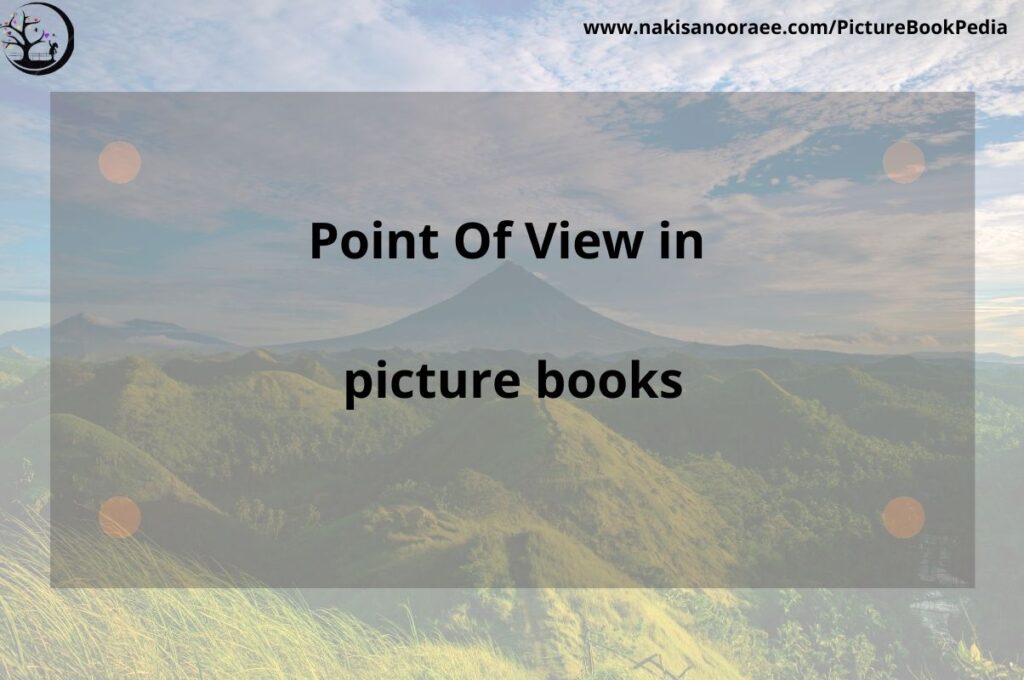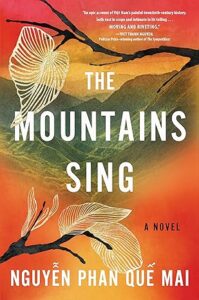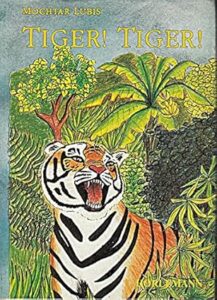What is Point Of View?
Point Of View (POV) is one of the most important and misunderstood elements in storytelling. The basic concept is easy to grasp: Point Of View stemmed from the Latin word punctum visus which means the position from which a thing is to be viewed.
In a story, we have many characters and events. We, readers, don’t have access to the story world. Only the story’s Narrator DOES HAVE access. We know from the story as much as the Narrator knows and feels. Imagine that we, readers, have put a camera on the Narrator’s head and we watch the story world from that camera—You may have seen some videos recorded from the camera installed on the head of skydivers or skiers. Your view is limited to wherever the skydiver or the skier goes. You won’t know about the events and conversations in the local shop in the village when the skier sits in the ski-lift. And you won’t know thousands of other things going on around the skier. You know as much as the camera installed the skier’s head records. This example shows how important is that who you select as the Narrator.
The Narrator is either a character or an object from the story world or an omniscient entity out of the story world. Now, suppose the Narrator is selected. How the Narrator is going to tell the story? This is an important decision the writer is going to make. Will the Narrator say “I saw this, I told that”? Or the writer wants to tell the story as “The Narrator[give him a name] saw that, he told this”. These two examples show two different POV types.
POV is Neither Narrator Nor Perspective
Many confused the Narrator with POV. The POV and the Narrator are very close, like thunder and lightning; merely coexist, but not identical. In this blog post, I discussed the Narrator and it is different types. In a nutshell, the Narrator is WHO watches the story’s world and POV is HOW the writer tells the story through the eye of the Narrator.
Another mistakenly used term is Perspective. Perspective and POV are NOT interchangeable terms. Perspective is HOW the Narrator perceives the story. It is an inseparable part of the Narrator’s personality, emotional wounds, and worldview.
In Seriously, Cinderella Is SO Annoying!: The Story of Cinderella as Told by the Wicked Stepmother (2011) by Trisha Speed Shaskan, the Narrator is Cinderella’s stepmother. Her perspective is that Cinderella is an annoying non-stop talking girl! And the POV is first-person (we will speak about the POV types shortly). No matter in which POV you retell this story, as long as you keep the stepmother as the Narrator, the Perspective of the story is unchanged; the stepmother thinks Cinderella is an annoying girl!
Her perspective is that Cinderella is an annoying non-stop talking girl! And the POV is first-person (we will speak about the POV types shortly). No matter in which POV you retell this story, as long as you keep the stepmother as the Narrator, the Perspective of the story is unchanged; the stepmother thinks Cinderella is an annoying girl!
As soon as you selected the Narrator, you have indirectly decided on the Perspective of the story.
Now, let’s continue with the POV types.
Types of POV
Let’s ponder on the selection of the Narrator and the types of POV with a hypothetical story with three characters: a mother, a daughter, and a toy—Ignore events and settings. We want to focus only on the Narrator. For the Narrator, we have got only two broad options:
- A Narrator from inside the story. Therefore, we can select either a character (the mother or the daughter) or an inanimate object (the doll).
- A Narrator outside of the story: an invisible entity, looking down at the story
Let’s start with the first option and pick up the mother as the Narrator. The mother speaks this way with the reader:
This is the first-person POV. The Narrator uses the “I” pronoun.
Or the mother could narrate to us as:
This is called second-person POV which is not a frequently-used POV. Some authors like it and some don’t!
The Narrator could use one other pronoun: we. This is called first-person plural POV and it reads as:
This type is a very very rare POV in fiction. The reader cannot easily identify herself with the Narrator (who is this WE?) and it is extermly difficult to have this Narrator for the entire book. However, the first-person plural POV is useful in writing non-fiction which is not the subject of this blog post. If you are interested, here is a list of adult books written in this type of POV. This article is also interesting.
Our second option for selecting the Narrator was an invisible entity outside of the story. That Narrator talks to the reader as:
This Narrator refers to everyone in the story with the pronoun “he” or “she” and this is called third-person POV. The last example sounded very familiar, doesn’t it? You have seen in it many books. The third-person POV is the most beloved and the most used POV. From the classic literature until today, many authors tried different types of third-person POV—we will see shortly.
To summarize, there are only four basic types of POV, and the fifth type is a mixture of them:
- First-person POV (I, me)
- Second-person POV (You, you)
- Third-person POV (He/She, him/her)
- First-person plural POV (We, us)
- Multiple POV
To find out the type of POV is enough to look at the pronoun the Narrator used. However, POV is far more important than pronouns. POV controls one of the most important aspects of the story: the Narrative Distance. Which POV is the best for your story? The Narrative Distance answers this question.
Narrative Distance (Psychic Distance/Emotional Distance)
John Gardner in The Art of Fiction (1983) coined a new term: Psychic Distance which is the distance between the Narrator and the reader.
Later, some authors preferred to call it the Narrative Distance. Because it means where the Narrator stands. Or, you may hear another term; Emotional Distance. All three of these terms mean the same.
Does the Narrator share all of her thoughts and feelings with the reader? (short Narrative Distance). Then, the reader feels herself very close to the story, as she herself lives in the story world.
Or does the Narrator pull back and give the reader a bird-view image of the story? (wide Narrative Distance).
Neither of them—short Narrative Distance and wide Narrative Distance—is good or bad. Good is what suits the story you want to tell. If you want to write a picture book biography and spend all the story on the thoughts and emotions of the character(s), the manuscript fails to give a big image. If you want to tell the story of a child being bullied in school and you choose a wide Narrative Distance, you don’t SHOW the child’s feeling to the reader. How would the reader bond with the character?
In a nutshell, a story dies or lives on the Narrative Distance. If you know the suitable Narrative Distance for your story, you can pick up the POV easily.
Gardner in his book introduced five levels of Narrative Distance, as follows:
- It was winter of the year 1853. A large man stepped out of a doorway.
- Henry J. Warburton had never much cared for snowstorms.
- Henry hated snowstorms.
- God how he hated these damn snowstorms.
- Snow. Under your collar, down inside your shoes, freezing and plugging up your miserable soul.
By comparing the one (level1, as Gardner named it) with the last one (level 5), you see the differences; Level 1 is objective and remote. Whereas, level 5 is a tight close-up and subjective. Level 4 and level 5 are sometimes hard to distinguish from each other. Many novels stay on level 3, a place in between the extreme subject and the extreme objective.
A discussion on the details of Narrative Distance can be very confusing and in my point of view, there is no need for it. However, pondering on the core concept assisted me in determining where my Narrator should stand; close to the reader or with some distance?
When you decide about the Narrative Distance of your story, you can narrow down the candidates for POV!
Deep POV and Picture Books
The shortest Narrative Distance is when the reader is inside the mind of the Narrator, as though the reader, herself, lives inside the story world. This type is called Deep POV. Only the first-person POV and third-person POV can be written in Deep POV.
Picture books have a unique chance of creating a deep POV. Not through the words, but through the illustrations. When a writer builds the world of a middle grade book or an adult novel, she has to create every piece of detail with words; the character’s feelings should be described. The world around the character in the way the character perceives it, ought to be explained otherwise how the reader could feel it?!
In picture books, we don’t need to do so! How do you feel when you see the black/white illustration of a child sitting in a garden? How would you feel differently if the illustration has bright colors? Or, how would you conclude about a character when the illustration shows you the character sits alone and a group of children, playing in a walking distance from her?
Illustration conveys a deep understanding of the character’s world to the mind of the reader, with no words. That is why a picture book can tell a deep story with less than a thousand words. Image, not words, builds the world for the reader.
Keep this difference in mind, let’s continue by looking at each POV type in picture books. In my next blog post, I look at each POV type by looking at examples of traditionally published picture books.
Book Suggestion
If you are looking for a resource to study POV, I strongly suggest you read Point of View by Sandra Gerth.
Of all of the craft books about POV that I read, this book stands out. I read any craft book that Sandra writes. Her clear understanding of the craft of writing has helped me a lot.
I write blog posts about the craft of writing picture books regularly. The list of the previous posts is on the PictureBookPedia. Also, I publish a quarterly newsletter that includes links to my recent blog posts. To subscribe please just enter your email here:
Looking forward to reading your comments.




